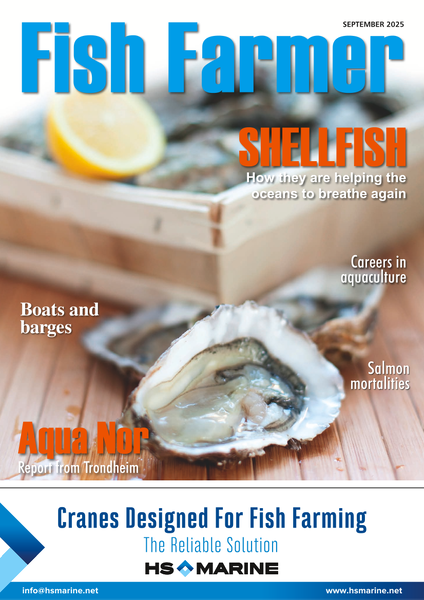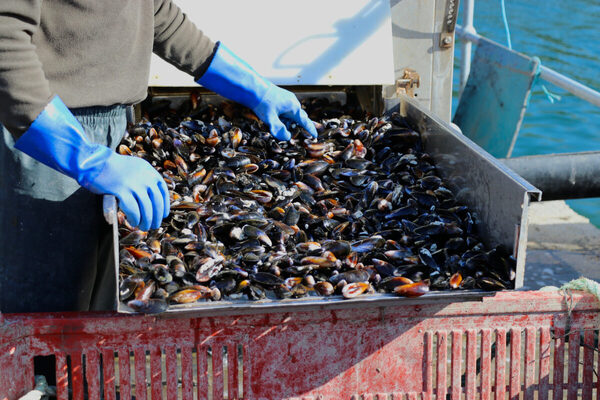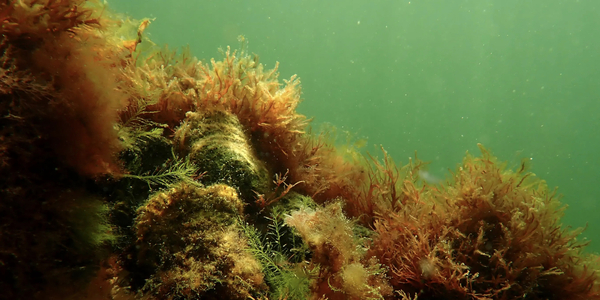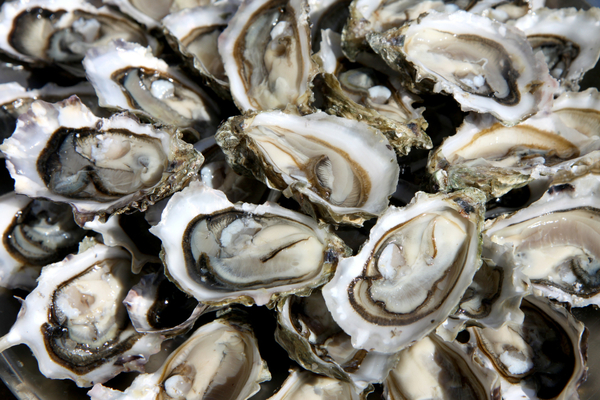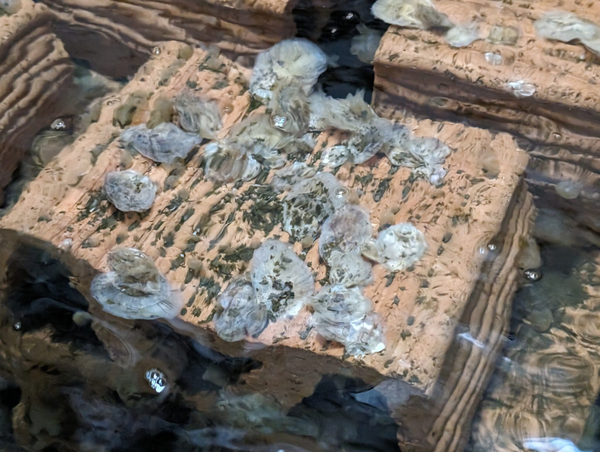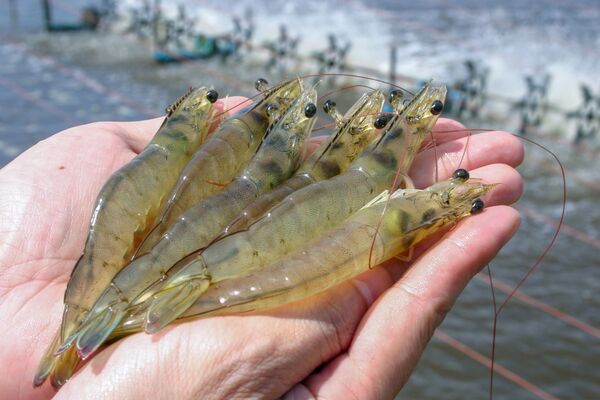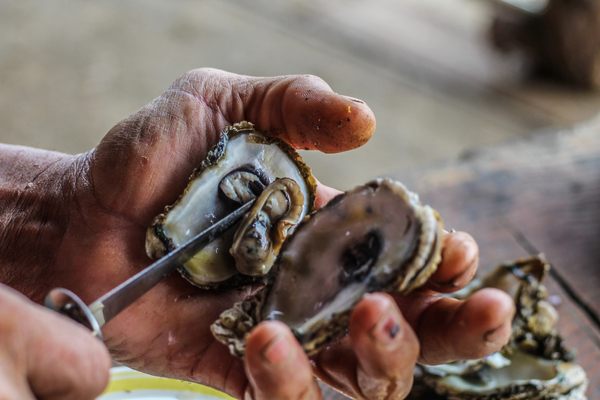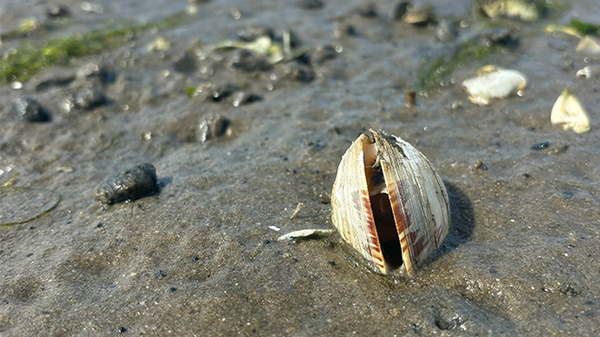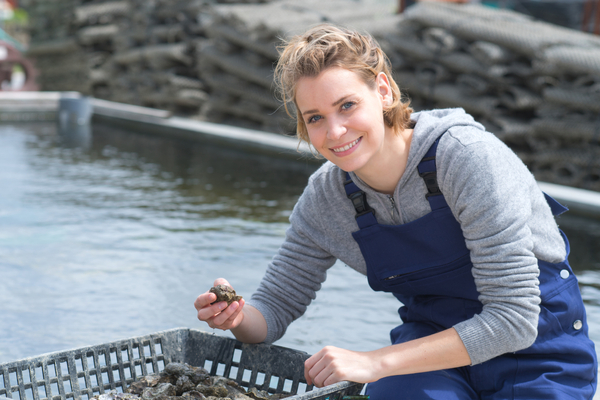SHELLFISH
Shellfish farming dates back to ancient times, with evidence of oyster cultivation
found in Roman societies. In Asia, particularly China and Japan, shellfish farming
has been practiced for over a millennium.
Today, shellfish farming employs a variety of sophisticated techniques to enhance
productivity and ensure sustainability. Some of the common methods include:
Suspended culture: growing shellfish in water using floating or submerged
structures such as rafts, longlines, or cages. This method is widely used for mussels
and oysters.
Bottom culture: placing shellfish directly on the seabed, where they can grow and
feed naturally. This technique is commonly used for clams and scallops.
Intertidal culture: cultivating shellfish in coastal areas that are exposed during low
tide and submerged during high tide.
Shellfish farming is generally considered environmentally friendly, as shellfish are
filter feeders that help maintain water quality by removing excess nutrients.
Additionally, shellfish farms can serve as marine habitats, promoting biodiversity.
However, shellfish farming can also pose challenges, such as the risk of disease
outbreaks and the potential for habitat disruption.
In Europe, countries bordering the Atlantic – such as France, the UK and Ireland –
produce mussels and oysters, while Italy, for example, is well known for its clams.
Shellfish farming is a significant contributor to the global seafood industry, providing
employment and income to thousands of people. In 2020, global production was
estimated to be around 17 million tonnes, with China, the largest producer,
contributing approximately 60% of the total output.
